PHOTO: Ivan Timiriasew, Students celebrating th 1st of May in Kaisaniemi, Helsinki. Helsinki City Museum.
The Narratives of Finland is a research project studying Finnish historical culture. We are interested in the processes through which the narratives of Finland have originated, how the contents of those narratives have been negotiated, and what kind of narrative of Finnishness is mediated to the public. The central theoretical concepts of the study are historical culture, narrative, museum agency, and cultural memory and the politics of memory.
The project includes an artistic part in which Finnishness is called into question by asking artists with different cultural backgrounds to take part in producing new viewpoints on the Finnish nation.
The Narratives of Finland is funded by the Kone Foundation, and is coordinated by the University of Helsinki’s discipline of Political History. The programme started in May 2021, and will last three years.
The central concept of the project is historical culture. The concept refers to the wide range of activities in which images and information about the past are produced, mediated, and used. The tools and means of historical culture can be images, words, or events. It is realised via institutions, media, and popular culture, as well as individuals.
The holistic meta-historical concept of historical culture (Geschichtskultur) emerged among West German historians in the 1970s, stemming from the need to address the highly complex and difficult German history of the 20th century. Anglo-American scholars also use the term public history, which is not exactly the same, since it does not include such ‘official’ histories as history education or academic history, unlike historical culture, which combines them together with popular history.
That is why historical culture is a guiding concept for our project.
The aim of the project is to produce scientific knowledge about the narratives that Finnish historical culture mediates, and what sorts of meanings a diversifying society puts out for these narratives. The project focuses on the aesthetic dimension of historical culture: what is the relationship between artistic expression and institutional history, and between artistic expression and academic historiography.
The methodological focus of the project is on a Finland’s centennial-related museum exhibition The Story of Finland and the documentary and feature films partly financed by or officially related to the Suomi Finland 100 project.
The outcome of the project will explain how Finland is represented as a nation, society, and socio-cultural narrative by the means of both interdisciplinary research and artistic expression. The project will produce a synthesis of interpretations about the historical cultural and the aesthetical representations of Finland from the point of view of the centennial.
The state-of-the-art of the project stems from the idea of approaching the narratives of historical culture as mediated by artistic expression, and of analysing nationality from the point of view of the diversity of cultures. By opening up and expanding the meanings of Finnishness, we will be able to better comprehend Finland in the future.
1. How is a historical narrative created and built on an institutional level?
2. What is the position of academic history in historical culture?
3. What kind of historical consciousness do citizens with multicultural backgrounds have, and how does it resonates with the prevailing historical culture of the society?
The project ”Narratives of Finland: Historical Culture, Arts and Changing Nationality” includes an artistic part which askes how do contemporary artists conceive changes in the understanding of Finnishness and what are the new perspectives they can offer for building a diverse nation.
The artistic part is carried out from April 2023 to August 2024 in cooperation with Mannerheim Museum, Helinä Rautavaara Museum, Cultural Centre Caisa, Vantaa Art Museum Artsi and Gallen-Kallela Museum.
The selected artists are:
Özgü Gündeşlioğlu, Harold Hejazi, Spartak Khachanov, Nadiye Koçak, Mia Malviniemi and Mervi Junkkonen, Sara Moayed, Ennisofia Salmela Flores, Mia Seppälä.
About the selection process:
In November and December 2022, the project Narratives of Finland published an open call for artists. All together we received 151 proposals to our open call from a broad range of art fields: music, theatre, circus, dance, poetry, literature, painting, photography, textile art, ceramics, sculpture, comics, multimedia, film and performance art. The amount of applications and the proposals’ personal commitment to the topics proposed by the project made a big impression on the project team and the jury. We feel very happy and grateful for all this interest, each proposed artwork aimed in its own way at telling a story of Finnishness.
In February 2023, the jury selected nine artists. In their artworks questions related to Finnishness find an original and strong artistic expression and thereby they bring new voices to the discussion about the narratives of Finland. The project also got a new cooperation partner, Vantaa Art Museum Artsi, where works selected by the project will be exhibited in spring 2024.
More information about the open call in English.
More information about the cooperation partners in Finnish.
More information about the selection process and the jury members.
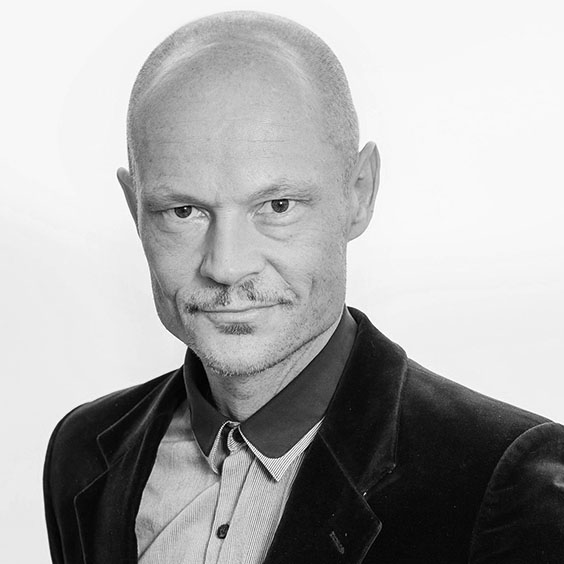
The Principal Investigator of the project, Jukka Kortti, is a social science historian, specialised in media history and intellectual history. In the project, Kortti is particularly interested in how history is represented in documentary film and the relationship between academic history and the aesthetic expression of history in historical culture.
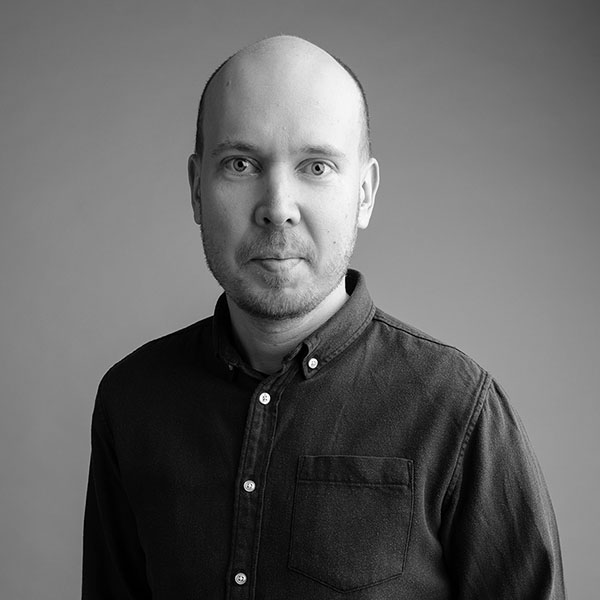
Aleksi Marti is a high school history teacher, whose doctoral study concerns the historical narratives absorbed by young people with an immigrant background. He is particularly interested in how these narratives resonate with the prevailing narratives in Finnish historical culture.
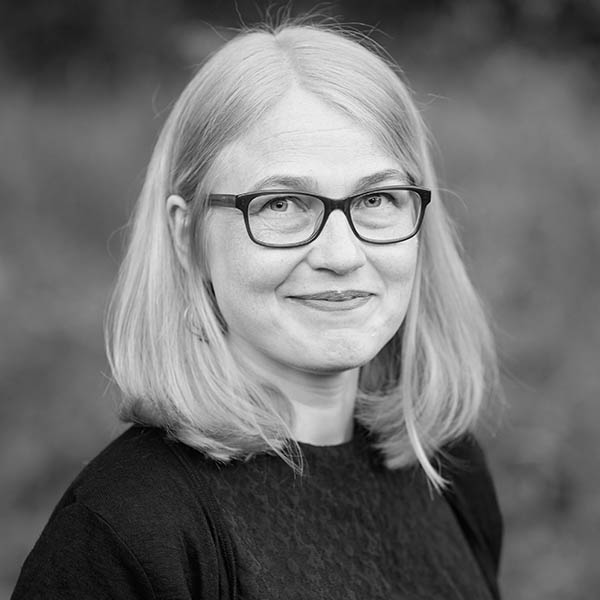
Mari Viita-Aho is writing her doctoral dissertation on the societal agency of museums and its changes in Finland between the years 1972–2020. In her study, Viita-Aho asks how museums have earlier processed critical issues, and what potential modern museums have to actively address these issues. The focus of her research is the Story of Finland exhibition.
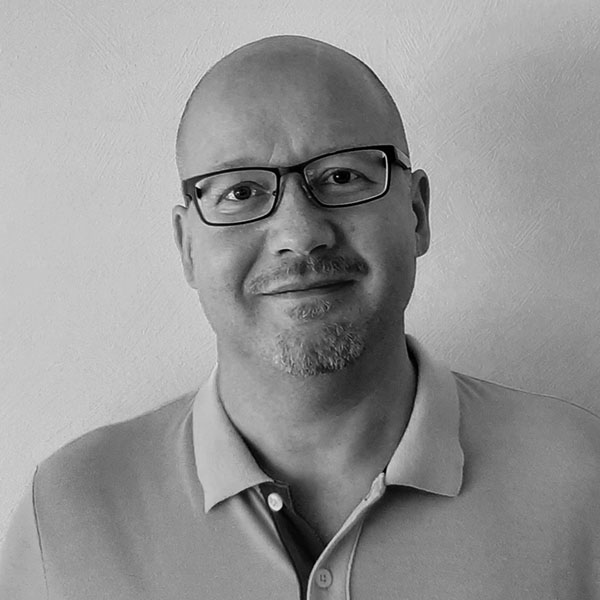
Rami Mähkä is a cultural historian and media scholar. His study in the project concerns the feature films associated with the Finland 100 programme. His interests focus on the construction of historical culture in the context of apparently changing re-readings of Finnish history attached to its more memorable events.
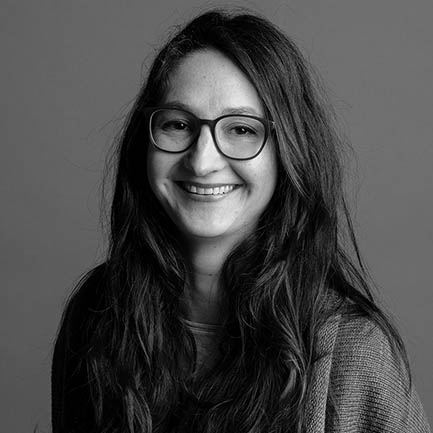
Martina Marti is an artist, curator, and educator, who has conducted training on diversity and inclusion for several different fields in the cultural sector. In the program, she is responsible for curating and implementing the artistic dimension of the project.

The National Museum of Finland is a national cultural history museum established in 1893, and its operation is governed by law. The Museum engages in multidisciplinary, national, and international cooperation with several partners and authorities to ensure that cultural heritage is preserved and that its significance is communicated and strengthened. The task of the National Museum of Finland is to provide a sounding board for our culture and the changes it goes through. The National Museum of Finland provides material for analysing the Story of Finland exhibition and rooms for the exhibition, as well as discussing events.
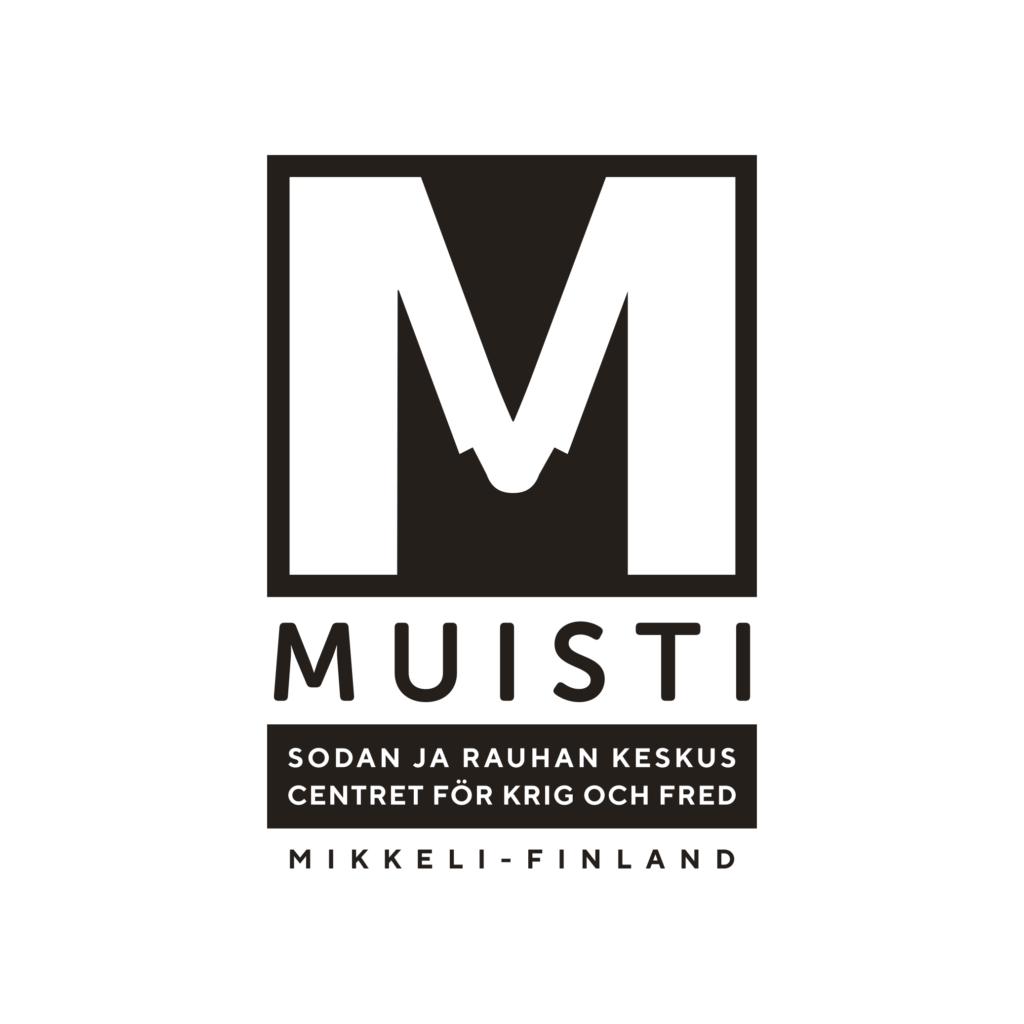
The Muisti Centre of War and Peace in Mikkeli tells of war to promote peace. At Muisti (memory in English) the story of those who experienced the Second Word War is brought to life by the use of the most up-to-date digital technology. Muisti helps us remember how wars begin, what war feels like for those who experience it, how wars end, and how peace is maintained. Muisti provides material for the research and rooms for discussing events.

Historians without Borders in Finland (HWB) seeks to address the role of history in conflicts and to bridge the gap between academia and policymakers. Through an international network of experts, HWB aims to promote and deepen the general and comprehensive knowledge and understanding of history; to promote the open and free access to historical material and archives; to promote interactive dialogue between different views and interpretations of history, and to contribute to the use of history in defusing and resolving conflicts. HWB is organising the discussion events for the project.